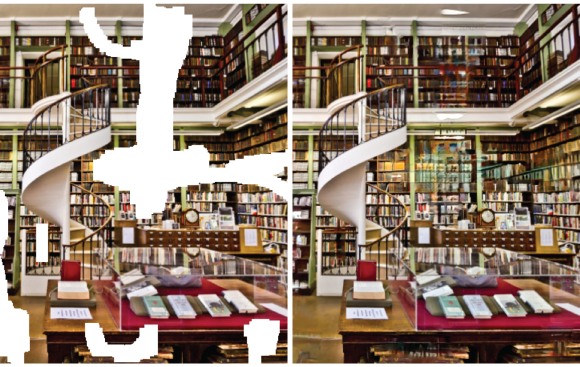The technology was developed by a team led by Hiroshi Ishikawa, a professor at Japan’s Waseda University. It uses convolutional neural networks, a type of deep learning, to predict missing parts of images. The technology could be used in photo-editing apps. It can also be used to generate 3-D images from real 2-D images.
The team at first prepared some 8 million images of real landscapes, human faces and other subjects. Using special software, the team generated numerous versions for each image, randomly adding artificial blanks of various shapes, sizes and positions. With all the data, the model took three months to learn how to predict the blanks so that it could fill them in and make the resultant images look identical to the originals.
The model’s learning algorithm first predicts and fills in blanks. It then evaluates how consistent the added part is with its surroundings.
Source: New AI model fills in blank spots in photos- Nikkei Asian Review

Robin Edgar
Organisational Structures | Technology and Science | Military, IT and Lifestyle consultancy | Social, Broadcast & Cross Media | Flying aircraft

